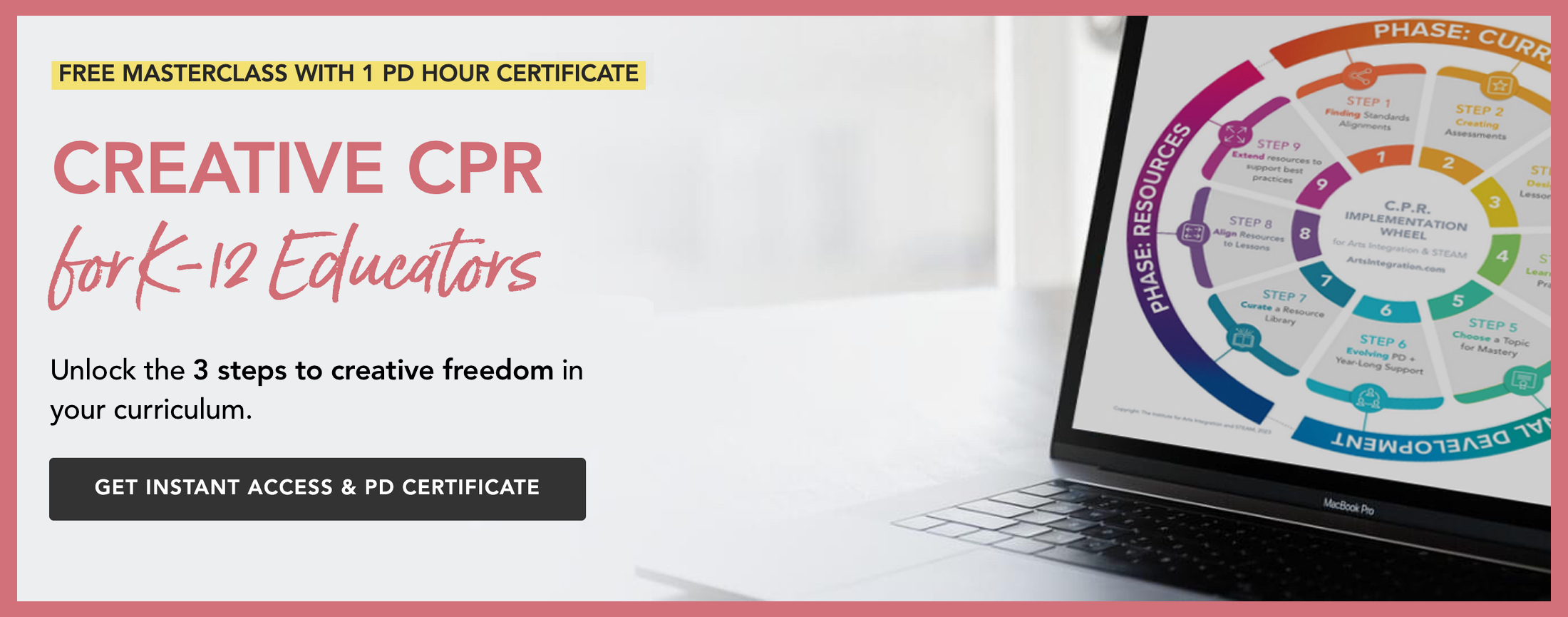PBL and Arts Integration at its Best
2 Min Read • Project Based Learning
PBL – it’s a hot topic these days. If you do a PBL search on EducationCloset you get a page full of resources, free courses, project ideas and articles. I just watched a few videos from a website for a school in England I saw featured in an Edutopia article. This school uses arts integration and PBL to create exciting learning opportunities for its students. It actually brought tears to my eyes to see a school that was founded on the idea that students need to analyze and revise work until it reaches a level of excellence. A school that recognizes the brilliance of harnessing the arts to develop the students as people… as well as to help them better understand other core content like science and social studies. If you want to be inspired, check out School 21!
As I was exploring their website, I came across the list of 6 attributes the founders wanted to ensure that all their graduates would attain: expertise, professionalism, eloquence, spark, grit and craftsmanship. So much of this resonated with me and inspired me.
Expertise
The idea of expertise is far more inspiring to me than competence. I believe the words we use matter. The word ‘expertise’ says to me that we educators want you, the students, to be more than competent. We want you to be an expert. Someone who understands something so deeply that you are able to utilize that information to solve problems and make connections. That your knowledge is a tool for you to wield to understand the world and help others better understand it too. The school explains that it wants its students to be “T-thinkers. That means breadth as well as depth of knowledge.” Just yes.\
Professionalism and Eloquence
Of course the idea of professionalism makes sense to me but eloquence struck a stronger chord with me. In the video, a statistic that claims that in an hour of instruction, the teacher speaks for 90% of that time. I don’t know about the exact statistic. But I do know that one of the schools with which I’ve worked has been actively addressing that issue. They’re helping teachers do more facilitation and encourage more collaborative conversation so students are doing more of the talking and more of the work.
But the term eloquence raises the bar even higher. We don’t just want you to be comfortable speaking, but actually eloquent… So comfortable and articulate that it’s a pleasure to hear you talk about what you know and how you know it. That you speak so clearly you can be understood both in meaning and in articulation. School 21 includes in this idea that the students be able to ask questions that will deepen their learning. That leads to the next attribute, spark.
Spark
Spark excites me because that is what spark does. It excites! It encourages students to be curious and learn for the excitement of learning. If there is spark, students will come to school excited to learn. They will be anxious to see what the day will bring. Spark is the stuff of life-long learners. When we engage students in Project-Based Learning and Arts Integration, when they are actively engaging, asking inspiring essential questions, and investing in finding answers… When they are able to follow their own curiosities, they will have spark.
Grit & Craftsmanship
Then there is grit and craftsmanship. In order to achieve craftsmanship, you must have grit. When I was watching the video about the attributes, they spoke about “Austin’s Butterfly.” Ironically, 2 years ago I wrote an article about a video called “Austin’s Butterfly.” In it, children were encouraged to make multiple drafts getting high quality feedback from both peers and teachers to bring their work to an ever higher quality level. I had no idea at the time about this exciting school that was based on this approach.
It is incredibly inspiring to me to imagine having an entire term to have the students work on one project, having the students constantly critique and improve, and investing completely in that process. Equally as exciting to me is that the teachers engage in a similar process when creating a new unit. The content teacher and the art teacher team up and present their idea multiple times to colleagues, each time getting feedback, focusing on a different area. By the time the project is given to the students, teachers have taken time thoroughly vetting and improving it. Imagine having a school that supports that kind of collegiality! In fact, if you are interested, check out this video of teachers talking about what it’s like to work there.
PBL and Arts Integration do seem to be perfect partners. School 21 demonstrates what is possible when they’re put together with intention and, to use their term, craftsmanship. If you’re looking for inspiration, you definitely should check it out!



